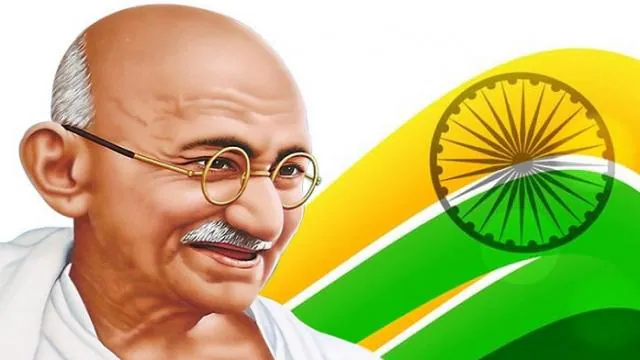
Table of Contents
- Introduction
- Gandhi’s Vision for India
- Swaraj (Self-Rule)
- Non-Violence and Peace
- Economic Self-Sufficiency
- Social Equality and Upliftment
- Rural Development
- Swaraj (Self-Rule)
- Progress and Achievements
- Challenges and Shortcomings
- The Road Ahead: Realizing Gandhi’s Dream
- Conclusion
Introduction
Mahatma Gandhi, the Father of the Nation, envisioned an India rooted in self-reliance, harmony, and inclusivity. His ideals of Swaraj, economic independence, and non-violence were not just dreams but a roadmap for a just and prosperous society. However, decades after independence, we must ask ourselves—how far have we come in realizing his vision?
Gandhi’s Vision for India
1. Swaraj (Self-Rule)
Gandhi believed in true self-governance where people had the power to govern themselves with honesty and integrity. Political freedom, according to him, was incomplete without moral and social empowerment.
2. Non-Violence and Peace
Gandhi championed non-violence (Ahimsa) as a means to resolve conflicts. He dreamed of an India where tolerance and understanding replaced hatred and aggression.
3. Economic Self-Sufficiency
He promoted the use of Khadi and cottage industries to reduce dependence on foreign goods and boost local economies. His dream was of an economically self-reliant India, where every village was self-sustaining.
4. Social Equality and Upliftment
Gandhi fought against caste discrimination and untouchability, advocating for an inclusive society where every citizen had equal rights and opportunities.
5. Rural Development
For Gandhi, the soul of India lay in its villages. He emphasized rural development, education, sanitation, and employment generation as the pillars of a strong nation.
Progress and Achievements
India has made significant strides in several areas of Gandhi’s vision:
- Political democracy has strengthened, with regular elections and a dynamic constitution.
- Economic growth has soared, making India one of the largest economies in the world.
- Social awareness campaigns have brought progress in fighting discrimination and improving literacy rates.
- Rural development schemes like MNREGA and Digital India have enhanced village economies.
Challenges and Shortcomings
Despite progress, challenges persist:
- Corruption and governance issues hinder true Swaraj.
- Violence and communal tensions still pose a threat to social harmony.
- Economic disparity and unemployment remain concerns.
- Rural areas still lack adequate healthcare and infrastructure.
- Environmental degradation contradicts Gandhi’s vision of sustainable living.
The Road Ahead: Realizing Gandhi’s Dream
To truly honor Gandhi’s vision, we must:
- Strengthen grassroots democracy and transparency.
- Promote Gandhian economics by supporting small businesses and rural enterprises.
- Encourage peace-building initiatives and interfaith harmony.
- Ensure education and employment reach the marginalized.
- Adopt sustainable development practices to protect the environment.
Conclusion
While India has come a long way since Gandhi’s time, there is still much to achieve. His vision remains relevant, serving as a guiding light for a more just, equitable, and self-reliant India. By embracing his principles in governance, society, and daily life, we can move closer to the India he dreamed of—an India that is truly free, prosperous, and inclusive.
